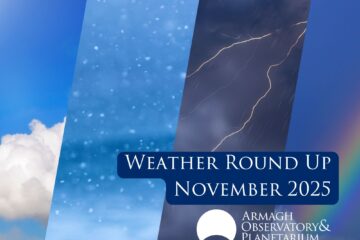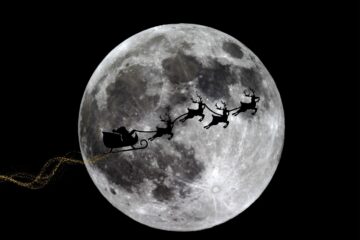Article by: Lovisa Redpath
Thankfully, the LONGEST month in the year is behind us, we finally have money again, and we are in February! With, hopefully, nice clear night skies I will tell you what you can see throughout the month. If you are interested in stargazing, let me give you some advice. Give your eyes around 20-25 minutes to adapt to the dark (this even means no phones! AGH). Some binoculars or a small telescope will do the job for the most part, you don’t need anything fancy or expensive to spot astronomical objects in the sky. Last piece of advice, wrap up warm, remember where you live, it’s COLD and perhaps a hot drink. A caramel oat latte for me please.
The Snow Moon
Let’s start off with one of the prettiest objects in our night sky, the Moon! February is the shortest month and because of this, it means it doesn’t always have a full moon, as a full moon occurs every 29.5 days. It is very rare for this to happen, it occurs once every 19 years, with the last one being 2018. It is known as a ‘black moon’. Luckily this year, we will start off the month with bright skies as the full moon will be on 5th February 2023. February’s full moon is known as the snow moon, and this is because it is common to experience snow this time of year during the month.
Valentine’s Day Star!

Betelgeuse being shown in the Hubble Space Telescope image, representing the first direct picture of the surface of a star other than our Sun. Credit: A. Dupree (CfA), R. Gilliland (STScI), NASA, ESA
I am going to chat to you about something romantic. Betelgeuse! Ok, it’s not reallllllly romantic but its best day to shine is Valentine’s Day! Betelgeuse is found within Orion The Hunter. It marks Orion’s shoulder. This giant red star pulsates in size, and from earth it looks like it is increasing and decreasing in brightness, which is like a heartbeat!
Betelgeuse is around 550 light years away from Earth and roughly 800 times the size of our Sun making it the 10th brightest star in the night sky. In the next 100,000 years from now, Betelgeuse is expected to end its life in a supernova explosion. It is very difficult to predict these things. It all depends on what is going on inside the star and precise calculations of its mass.
The Heart Nebula
Ok, I really am going to talk to you about romance now! This is the heart nebula. It was discovered by William Herschel in 1787. The red colour is glowing ionized hydrogen gas, and it is formed by the stellar winds that come from the hot stars found within its core, which resembles a heart shape. It’s not called the heart nebula for nothing! This nebula is 7500 light years away from Earth, 5 times the diameter of our moon and located within the constellation Cassiopeia. However, this object is a deep sky object, so it does require more expensive equipment to be able to see it with the naked eye, but we always have Google!
Sirius
Lastly, for all my Harry Potter fans, we are going to talk about Sirius. The star. Fun fact, JK Rowling has named quite a few Harry Potter characters after stars. Sirius is the brightest star in the whole night sky and is found within the big dog constellation, Canis Major. Sirius is a binary star system, which means it’s made up of more than one star. Sirius A and Sirius B are gravitationally bound to, and in orbit, around each other. Sirius A is a blue star around 1.7 times the size of our sun, however Sirius B, is the smaller companion star. It is a white dwarf, and it’s roughly the size of Earth.






0 Comments